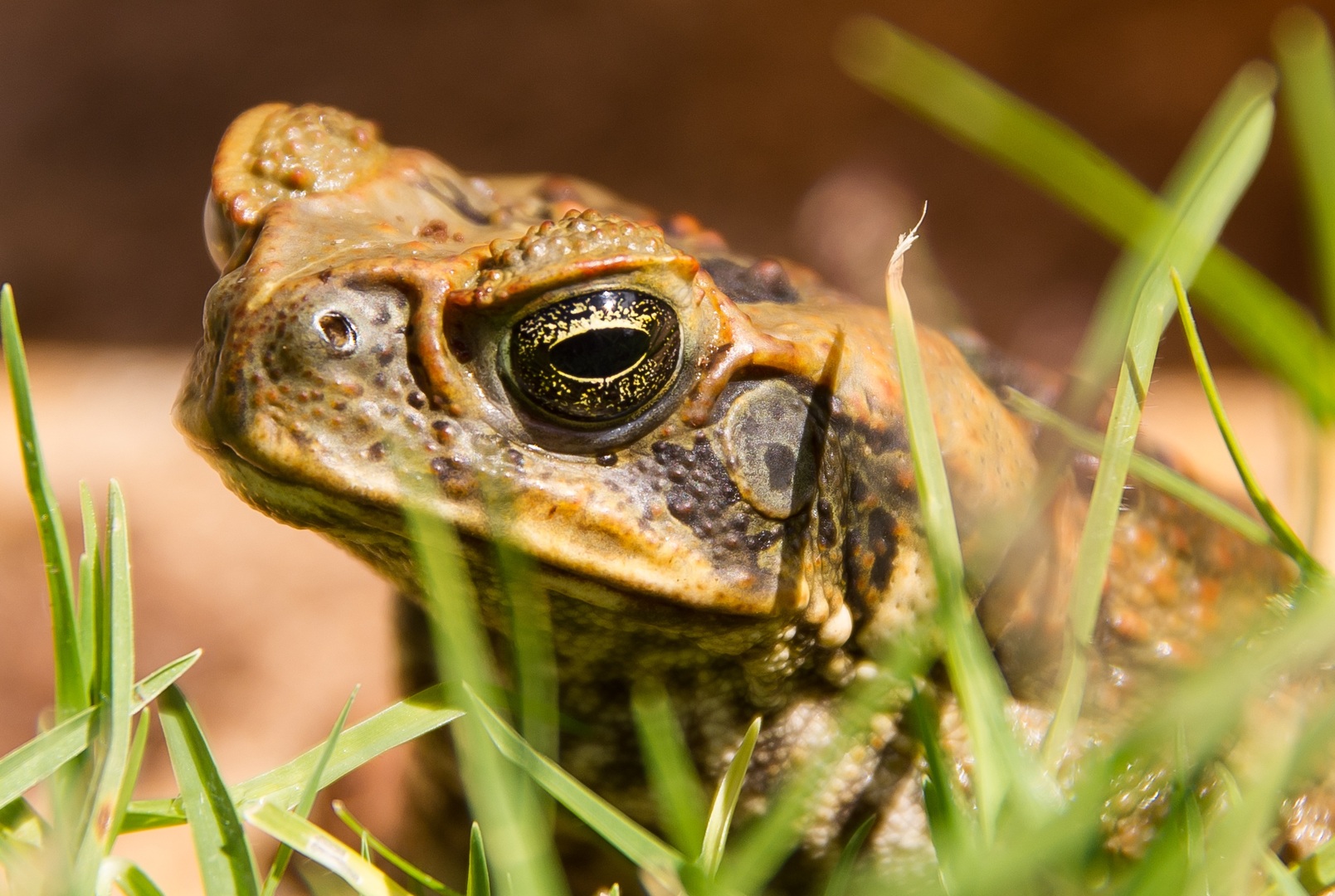Attachments
Note: Not all attachments are visible to the general public. Research URLs will go live after the embargo ends.

Journal/
conference: Nature Sustainability
conference: Nature Sustainability
Research:Paper
Organisation/s:
Charles Darwin University, Senckenberg Biodiversity and Climate Research Centre, Germany, Justus-Liebig University
Giessen, Germany
Funder:
H. Seebens acknowledges funding by the BiodivERsA-Belmont
Forum Project ‘Alien Scenarios’ (BMBF grant 01LC1807A) and
the German Research Foundation (DFG grant SE 1891/4-1). F.E.
acknowledges funding by the Austrian Science Foundation FWF
(Global Plant Invasions; project no. I 5825-B). Z.M. was supported by
the fund RRF-2.3.1-21-2022-00006 from Hungary’s National Research,
Development and Innovation Office.



 Australia; International; NT
Australia; International; NT


